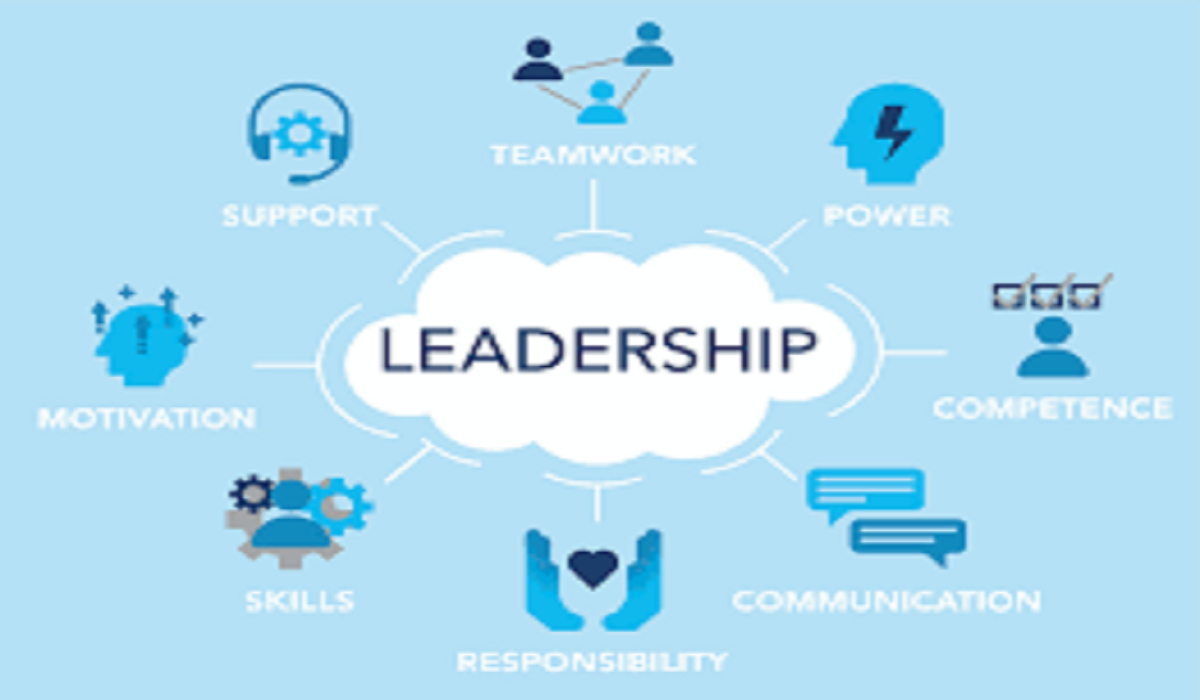Teaching Leadership Skills to Students
Teaching Leadership Skills to Students: Leadership is a critical skill that extends beyond the boardroom—it starts in the classroom. Educators play a vital role in shaping future leaders by fostering essential qualities such as communication, decision-making, teamwork, and resilience. However, teaching leadership isn’t just about theory; it requires hands-on, engaging strategies that empower students to take initiative and inspire others.
In this comprehensive guide, we’ll explore practical, research-backed strategies for teaching leadership skills in the classroom. Whether you’re an educator, school administrator, or mentor, these methods will help you cultivate leadership qualities in students effectively.
Why Teaching Leadership Skills in School Matters
Before diving into strategies, it’s important to understand why leadership development should be a priority in education:
- Prepares students for real-world challenges – Leadership skills enhance problem-solving and adaptability.
- Boosts confidence and self-awareness – Students learn to trust their abilities and understand their strengths.
- Encourages teamwork and collaboration – Leadership isn’t just about leading; it’s about working well with others.
- Improves academic and career success – Employers and colleges value leadership experience.
Now, let’s explore actionable strategies to integrate leadership training into your teaching.
Model Leadership Behavior
Students learn best by example. Teachers who demonstrate leadership traits—such as clear communication, empathy, and accountability—set a strong foundation.
How to Implement:
- Show decisiveness in classroom decisions.
- Practice active listening when students speak.
- Admit mistakes and show resilience—this teaches students that failure is part of growth.
Use Project-Based Learning (PBL) for Leadership Development
PBL encourages students to take ownership of their learning, collaborate, and solve real-world problems—key aspects of leadership.
Effective PBL Leadership Activities:
- Group projects with rotating leadership roles – Each student takes turns leading discussions or delegating tasks.
- Community service initiatives – Students plan and execute a local project (e.g., a recycling drive or charity event).
- Mock business simulations – Students work in teams to “run” a company, making strategic decisions.
Teach Emotional Intelligence (EQ) Alongside Leadership
Great leaders are emotionally intelligent. EQ includes self-awareness, self-regulation, motivation, empathy, and social skills.
Ways to Develop EQ in Students:
- Reflective journaling – Students write about their emotions and reactions to challenges.
- Role-playing exercises – Simulate conflicts and guide students in resolving them empathetically.
- Peer feedback sessions – Teach constructive criticism and active listening.
Encourage Student-Led Clubs and Organizations
Extracurricular activities provide a perfect platform for leadership practice.
Ideas for Student Leadership Opportunities:
- Debate teams – Enhances critical thinking and public speaking.
- Student council/government – Teaches democratic leadership and responsibility.
- Mentorship programs – Older students guide younger peers, building accountability.
Incorporate Leadership-Focused Literature and Case Studies
Stories of great leaders (historical and contemporary) inspire students and provide real-life lessons.
Recommended Books & Resources:
- “The 7 Habits of Highly Effective Teens” by Sean Covey
- Biographies of leaders like Malala Yousafzai, Nelson Mandela, or Elon Musk
- TED Talks on leadership and innovation
Develop Public Speaking and Communication Skills
A leader must articulate ideas clearly. Classroom activities should emphasize:
- Debates and presentations
- Impromptu speaking exercises
- Storytelling workshops
Foster a Growth Mindset in Students
Leadership requires perseverance. Teach students that abilities can be developed through effort.
Growth Mindset Strategies:
- Praise effort over talent: “You worked hard on this!” instead of “You’re so smart!”
- Encourage risk-taking and learning from mistakes.
- Use failure as a teaching moment—discuss what went wrong and how to improve.
Use Technology to Enhance Leadership Training
Digital tools can simulate leadership scenarios and improve collaboration.
Tech-Based Leadership Activities:
- Virtual team challenges (e.g., online escape rooms)
- Leadership podcasts and interactive webinars
- Gamified leadership apps (e.g., simulations where students make leadership decisions)
Provide Real-World Leadership Experiences
Internships, volunteer work, and school events allow students to apply leadership skills outside the classroom.
Opportunities to Explore:
- Organizing school events (fundraisers, talent shows)
- Youth leadership conferences
- Local business partnerships for student projects
Assess and Recognize Leadership Progress
Feedback and recognition motivate students to keep improving.
Ways to Assess Leadership Growth:
- Self-assessment surveys (students reflect on their leadership journey)
- Peer evaluations (team members provide constructive feedback)
- Certificates or awards for leadership achievements
FAQs About Teaching Leadership Skills to Students
1. At what age should leadership training begin?
Leadership skills can be nurtured as early as elementary school through teamwork activities and responsibility roles (e.g., classroom helpers).
2. Can introverted students be good leaders?
Absolutely! Leadership isn’t just about being outgoing—introverts often excel in strategic thinking, listening, and leading by example.
3. How can teachers encourage reluctant leaders?
Start with small responsibilities, provide encouragement, and create a supportive environment where mistakes are seen as learning opportunities.
4. What’s the difference between leadership and management in education?
Leadership focuses on vision and inspiration, while management is about organization and execution. Students should learn both.
5. How do I measure the success of leadership programs?
Track student engagement, confidence levels, peer feedback, and real-world applications (e.g., project outcomes, event successes).
Conclusion
Teaching leadership isn’t about creating future CEOs—it’s about empowering students to think critically, collaborate, and inspire others. By integrating these practical strategies into your classroom, you can help students develop the skills they need to lead in school, careers, and life.
